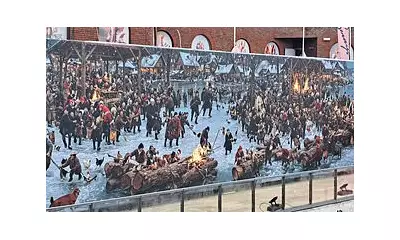
A seemingly straightforward horse riddle has taken the internet by storm, leaving thousands of Brits scratching their heads in confusion. What appears to be a simple mathematical question has revealed itself to be a clever psychological trick that tests both logic and perception.
The Riddle That's Breaking Brains
The puzzle presents a deceptively simple scenario: "A man buys a horse for £60, sells it for £70, buys it back for £80, and finally sells it for £90. How much money did he make?"
Most people's initial instinct leads them to quick calculations, but the answer isn't as straightforward as it seems. The internet has become divided with multiple answers circulating, each with passionate defenders convinced their solution is correct.
Why This Puzzle Is So Tricky
The genius of this riddle lies in its ability to exploit common cognitive biases. Our brains naturally want to simplify the transaction sequence, often leading to mathematical errors that feel intuitively right but are logically flawed.
Many people calculate the problem as separate transactions, arriving at £10 profit from each buy-sell cycle. Others get tangled in the repeated purchase of the same horse, while some mistakenly factor in the initial investment multiple times.
The Mathematical Breakdown
Let's trace the money step by step:
- Starting capital: £0 (for simplicity)
- Buys horse: -£60
- Sells horse: +£70 (net: +£10)
- Buys again: -£80 (net: -£70)
- Sells finally: +£90 (net: +£20)
The correct answer reveals a £20 profit, though the journey to this conclusion has proven surprisingly difficult for many.
Psychological Warfare In Puzzle Form
What makes this particular riddle so effective is how it plays with our mental accounting processes. The repetition of buying back the same item creates cognitive interference, causing many to overlook that each transaction should be evaluated independently while considering the overall cash flow.
Social media platforms have become battlegrounds for debate, with comment sections filled with lengthy explanations, diagrams, and frustrated exchanges between those who've solved it and those still convinced alternative answers must be correct.
The horse riddle serves as a perfect example of how simple mathematics can become complex through clever framing, proving that sometimes the most straightforward questions require the most careful thinking.





